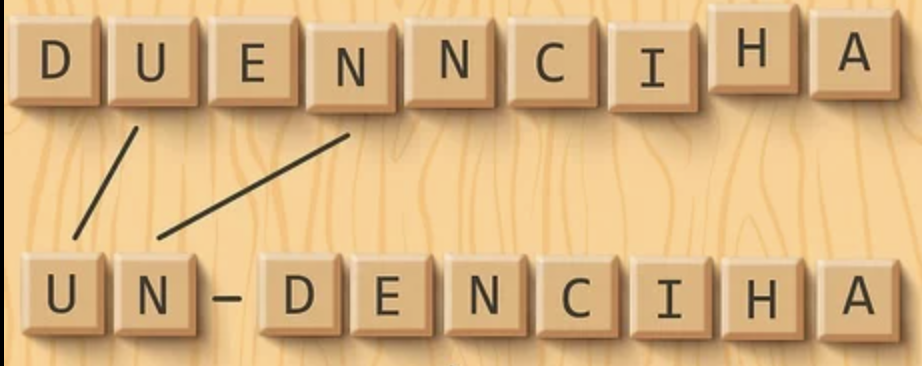 Have you seen a post on social media where the words are jumbled but easily read?
Have you seen a post on social media where the words are jumbled but easily read?
For example, a recent similar post began:
“Adonccrig to rcrheasech at Cbimrdage Uvrintsey, it dseno’t metatr in waht order the leettrs in a word are…” which is easily interpreted to say that when we read jumbled words, we can still read them as long as the beginning and ending letters remain the same. The article implies that research done by a Cambridge scientist “proves” that we can still read an article with jumbled words if the first and last letter is intact. They imply this is a fact clarified by the unnamed “researcher’s” research.
However, although neither research nor researcher exists, there is a scientific reason why we can read the jumbled text.
Firstly, there is no actual “Cambridge’ researcher”. If you did an internet search, the earliest forms of this “article” don’t include a source for why we can read the text. It’s unclear why the text is circulating on social media, as it doesn’t seem to promote a brand, but its “conclusion” is not true.
Unrelated research done at the University of Glasgow in 2011 showed that when a part of a message or object is hidden from our sight, our minds can predict what we will see, and we fill in the rest of the message. A researcher named Fraser Smith describes this process by equating it to putting together a jigsaw puzzle. Our minds use the context of the message, our word skills, memories and other cues to interpret the message.
Since this post has been so prevalent on social media, a curious researcher named Matt Davis from Cambridge University’s Brain Science Unit wanted to know more about the origin of this post – as he felt he would have been aware of any such research done by Cambridge.
His research led him to a Ph.D. thesis in 1976, written by Graham Rawlinson at Nottingham University, about letter randomization. Rawlinson’s thesis stated most people could identify words with the middle layers jumbled, but there were several conditions attached to our abilities to do so.
Another factor in our ability to recognize words seems tied to the shape the letters form in the word – so, if capital letters are randomly inserted into the word, interpretation becomes more difficult.
As you can see, although there are neurological processes behind our ability to predict words when they are not assembled in their correct order, they are more complex than social media memes would have us believe.